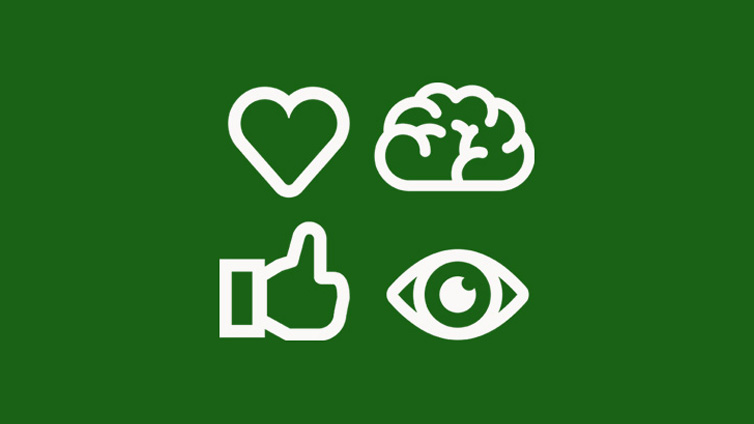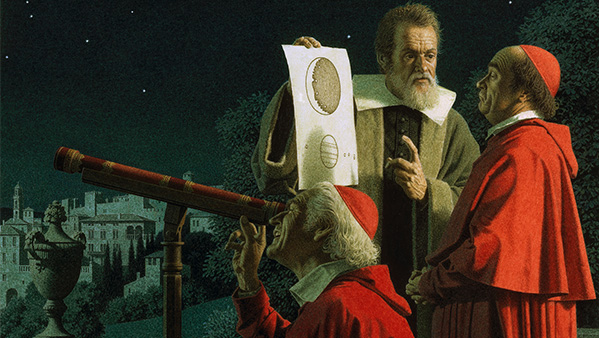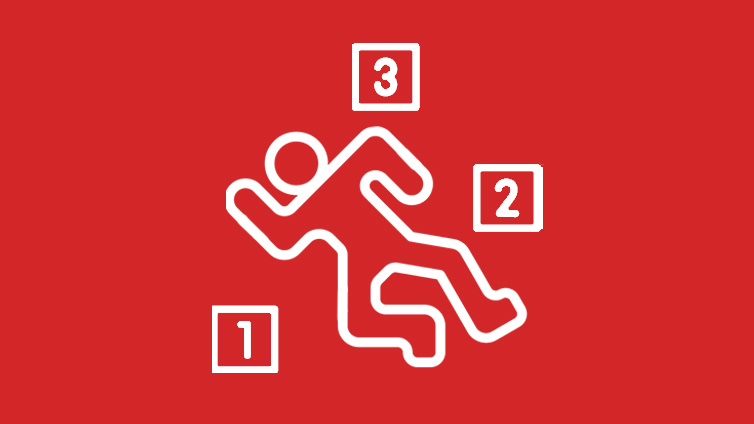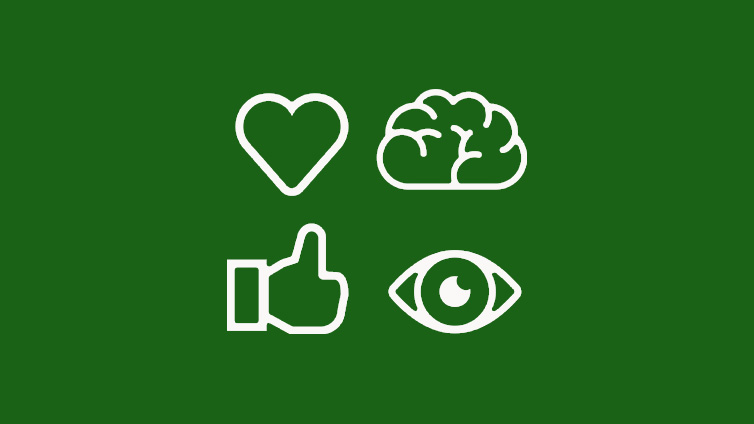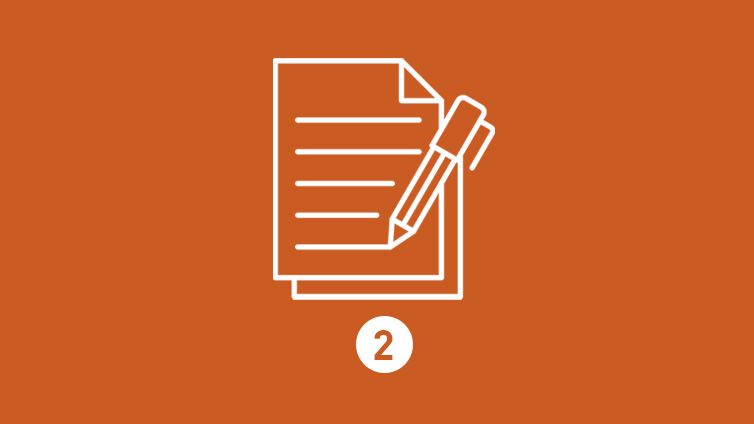Claim Testing
Driving Question: How can claim testing help us evaluate the past, present, and future?
Claim testing is how you evaluate the truthfulness of a statement—in school, on social media, or in your everyday life. We use claim testing to make sure that information we hear and read can be trusted, and to help us make accurate claims about our world.
Learning Objectives:
- Investigate how knowledge is made, shared, and passed down.
- Define and use the claim testers (intuition, authority, logic, and evidence) to evaluate a claim.
- Practice writing claims.
Vocab Terms:
- claim
- claim testing
- discipline
- knowledge
Opener: Claim Testing
To teach this lesson step, refer to page 2 of the Lesson 1.4 Teaching Guide.
New to claim testing? Read more about why it’s so important in Big History Project in this blog post.
A truth-testing tool awaits you in this lesson! You can use this tool every day to figure out whether something you hear is true or false.
Testing Claims
AI Detective: Claim Testing
- Ask an AI agent to generate 8–10 claims about Big History, citing credible sources and data in some, but not all.
- Students evaluate the claims using all four claim testers:
- Intuition: Does this ‘feel’ right?
- Logic: Does the reasoning make sense?
- Authority: Does the AI cite credible sources or experts?
- Evidence: What data or research backs this up?
- Students can vote on whether or not they believe each claim. They should be prepared to defend their choices!
Behind the design: Explicitly teach students how AI works, where it fails, and how to fact-check its outputs. Make them AI skeptics in the best possible way.
The method historians use to decide if something’s true is called “claim testing.” Here’s how it works.
Making Claims About Knowledge
To teach this lesson step, refer to page 3 of the Lesson 1.4 Teaching Guide.
Take a look at the BHP Reading Guide for some approaches to teaching reading.
“Learning” isn’t just something you do alone, it’s something our species has done collectively since it began. Find out how as you read the article and complete the activity.
-
Guiding Questions
-
Before you read
Preview the questions below, and then skim the article. Be sure to look at the section headings and any images.
While you read
Look for answers to these questions:
- How did we build knowledge over time?
- What is collective learning?
- How do historians and scientists create knowledge?
- What are the steps people take to create or discover knowledge?
- Why do we need knowledge from different disciplines when we study the history of the Universe?
After you read
Respond to this question: What big questions do you have about the history of the Universe?
A Murder Mystery
To teach this lesson step, refer to page 6 of the Lesson 1.4 Teaching Guide.
Looking for tips on using video in an instructionally sound way? Look no further than the OER Project Video Guide.
Want more support for students using the Disciplines Chart? Take a look at the Disciplines Cards.
History often depends on forensics, a bit like the crime labs you see on TV. Use the materials below to see if you can solve the history mystery.
Assessing Claims
To teach this lesson step, refer to page 7 of the Lesson 1.4 Teaching Guide.
Want to give students more practice evaluating claims? Check out the How Do We Know Climate Change Is Real? data exploration and accompanying activity in OER Project: Climate.
Now that you know what claim testing is, it’s time to start practicing. You’re on the path to becoming an expert history detective.
Closer: Claim Testing
To teach this lesson step, refer to page 7 of the Lesson 1.4 Teaching Guide.
The Unit 1 Notebook provides a great opportunity for informal writing, learn more about our informal writing routines here.
You’ve covered a lot in this unit—you read a comic covering 13.8 billion years and learned about origin stories, scale-switching, claim testing, and more! How has your thinking changed?
Disciplines in Big History
To teach this lesson step, refer to page 7 of the Lesson 1.4 Teaching Guide.
How do multiple disciplines help contribute to the Big History story of the Universe?





